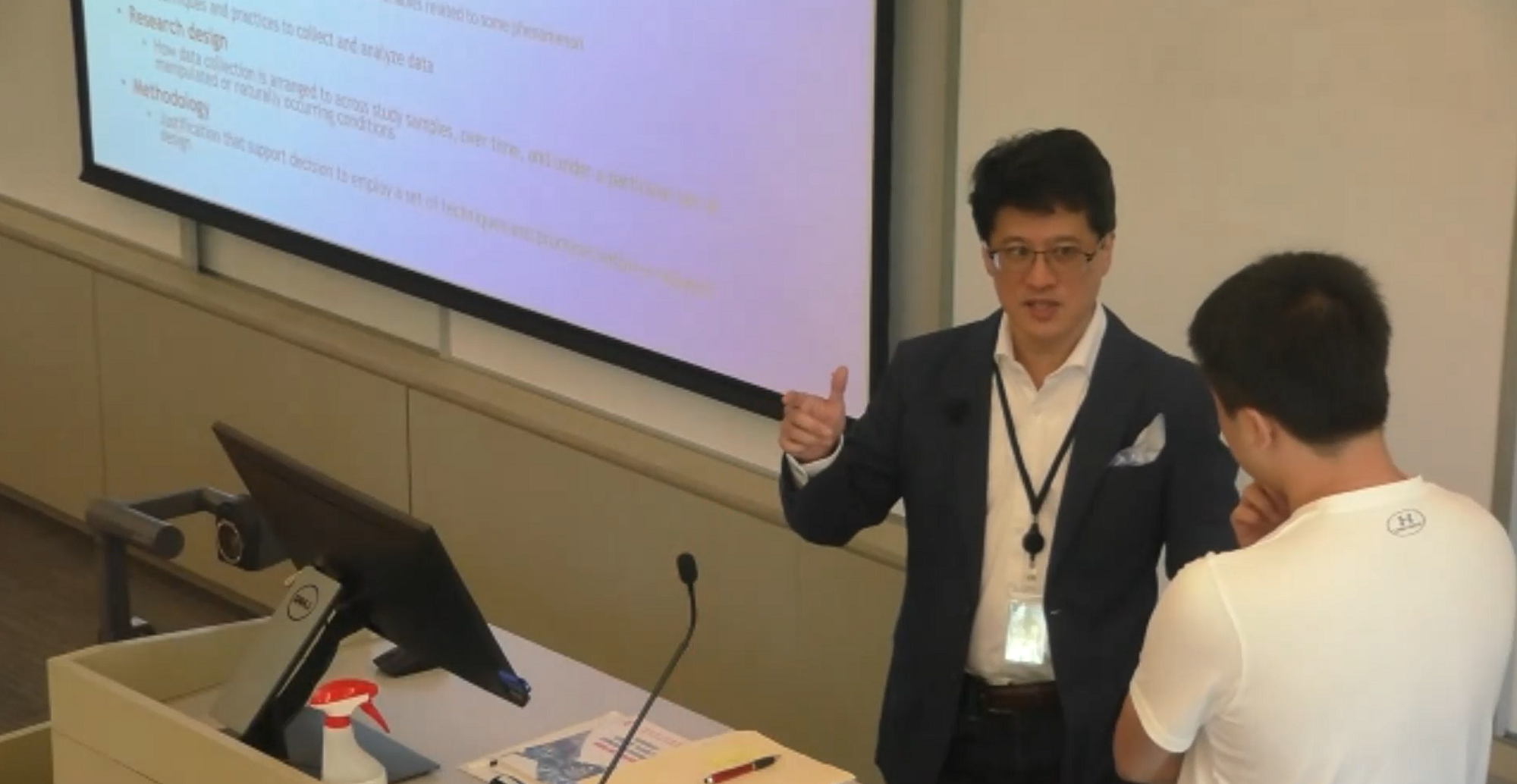Here are the situations regarding two people I know:
- Person 1 is terribly bored by the work he does in radiology, but he’s extremely good at it, and organizations like product companies, health systems, and providers seek out his consulting services.
- Person 2 is extremely excited and passionate about behavioral economics and wants to start a consulting firm. Unfortunately, this person has no experience in the area and can’t figure out ways to both find and close deals with clients.
To start a consulting firm, what matters is being able find clients and close contracts with clients. To stay in consulting for a sustained period, one also needs to be able to deliver the services. Passion (and expertise for that matter) can play a supportive role in all of these areas; it can make it easier for you to find clients, close contracts, and keep delivering quality services. I don’t believe passion is needed to get the ball rolling though. It might be something one should think about before starting to roll the ball, but business development is a must-know-thing for running one’s own consulting firm.

